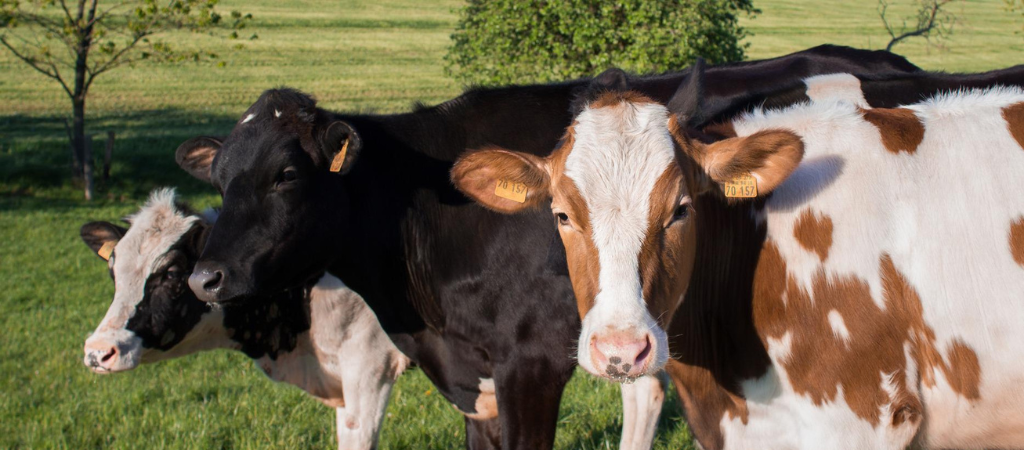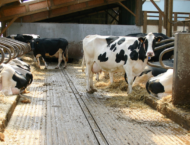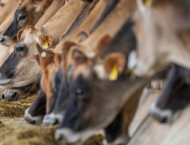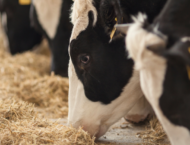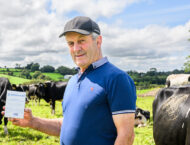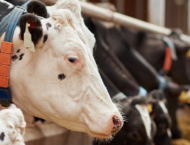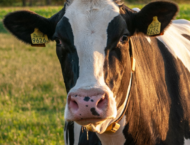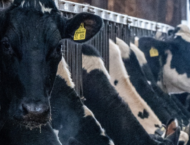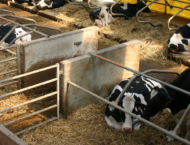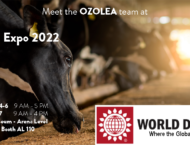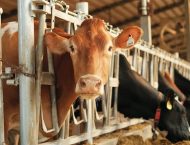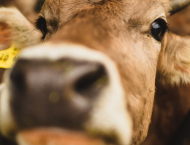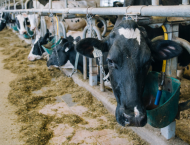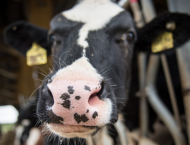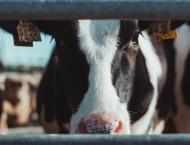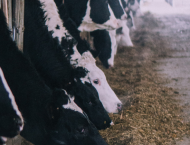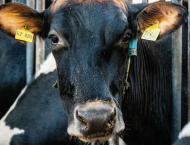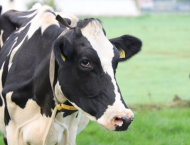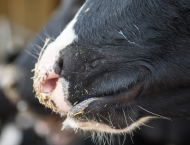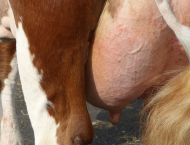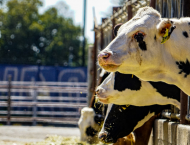Calving generally occurs in non-sterile environments: this means that almost all dairy cows are contaminated during parturition; however, contamination does not automatically turn into uterine infection.
As we highlighted in a recent focus1, calving implies significant physiological and metabolic changes. As a result, the immune system is more susceptible. The cow’s immune system and response, in addition to the pathogen strain, will markedly influence the outcome of potential infections.
A healthy cow has a strong, well-regulated immune response that can resolve bacterial contamination. How can a resilient dairy cow prevent post-partum uterine infections?
Sheldon and colleagues2 suggest that resilient cows can prevent the development of uterine diseases through three integrated and complementary defense strategies: avoiding, tolerating and resisting pathogen infection.
Avoidance strategies limit the exposure to pathogens without direct metabolic costs. Examples are physical barriers (vulva, vagina, cervix, cervical mucus) that hinder the ascending bacteria through the vaginal tract. Intrinsic behaviours such as maintaining hygiene have a great impact on avoiding infection. As an example, cows generally prefer dry and clean bedding and try to avoid dirt and wet.
Tolerance implies strategies aimed at limiting damages caused by pathogens, thus tissue protection from toxins and repairing damage. Tolerance strategies include functional barriers to infection, neutralizing bacterial toxins, repairing tissue damage, and adaptive metabolic responses. These mechanisms are not always passive as they are sometimes integrated with resistance strategies.
Repair and regeneration occur at endometrium level in post-partum to manage damage due to parturition. This is critical as epithelial and tissue damage is a need for bacteria to generate the infection. These processes are energy demanding; unfortunately, in the first period of lactation, dairy cows often struggle to meet metabolic requirements for milk production: attention to their diet and feed intake represent a key point for health management.
Finally, resistance strategies limit the number of pathogens through the activation of innate and adaptive immunity.
Innate immunity generates a non-specific and immediate response to pathogens, which does not depend on previous exposure to bacteria. It leads to an inflammatory response, generally regulated to meet the proportional need of intervention on the level of pathogens and the damage. It is mainly responsible for the removal of uterine contamination in postpartum. Moreover, it consists of anatomic, physiological, inflammatory, and phagocytic barriers.
Adaptive immunity relies on previous exposure to specific antigens and needs more time to develop. In post-partum, it is evident with lymphocytic foci of T and B cells in the endometrium. However, it is not long-lived in the uterus.
When the inflammatory response is rapid and strong, there is efficient control of pathogens. The combination of good herd management practices to the cow’s intrinsic competence can really make the difference to reduce the occurrence of uterine infections and diseases in dairy cows.
Once we have set up the best conditions for animal welfare and health, however we still have to deal with minor uterine issues, the answer may be found in innovative non-drug veterinary devices aimed at the protection and support of the endometrium functionality. The answer is OZOLEA-METR.
OZOLEA-METR can be used in late post-partum, when uterine involution is almost complete, there are no clear symptoms of metritis, however abnormal non-severe vaginal discharge may be visible, or after insemination in repeat breeders.
Once applied into the uterus, OZOLEA-METR forms a physical film barrier that creates a non-ideal environment for bacteria, thus slowing down the aggressiveness of a possible bacteria attack and giving time to the tissue to autonomously regenerate. In post insemination, it creates the proper environmental conditions for embryo implantation.
At OZOLEA, we firmly believe in the ability of animals to defend themselves autonomously against infections. For this reason, we designed the way to support the first line defense barriers in their regeneration process with the unique aim of putting nature against nature.
References
1 Reducing metritis occurrence in dairy cows.
https://www.ozolea.it/reducing-metritis-occurrence-in-dairy-cows/
2 I. M. Sheldon, P. C. C. Molinari, T. J R Ormsby, J. J. Bromfield, 2020. Preventing postpartum uterine disease in dairy cattle depends on avoiding, tolerating and resisting pathogenic bacteria.
doi: 10.1016/j.theriogenology.2020.01.017

